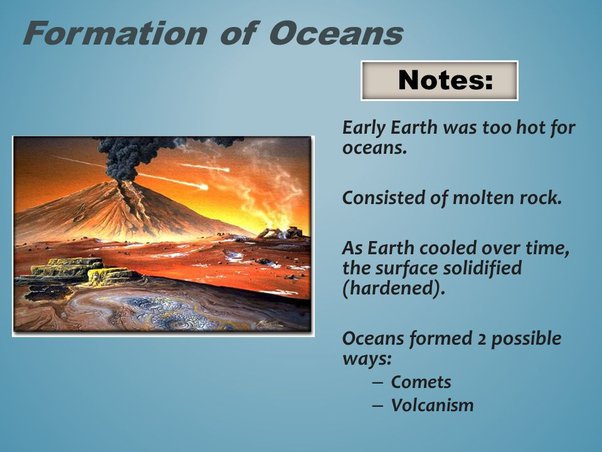2022-06-06 07:30:01
What was the first purpose-built water park?
After the World War II water slides progressively became one of the popular features in different amusement parks.
In the 1970s, George Millay, who famously founded Sea World in San Diego and later Florida, decided to build up on the idea and create a purpose-built water park that would be profitable.
He needed a warm, year-round place to have such a park to keep revenues steady. Orlando, Florida in the , already hosted well-known amusement locations, enjoyed an existing tourist market, and had the weather that Millay needed.
This allowed Wet n’ Wild to be founded there as the first purpose-built water park in 1977.
The first year was financially disappointing, but Millay did not fret, and from the following year, it began to make profit.
Although the park closed in 2016, it became the blueprint for most other parks in the world.
Also in 1977, in Switzerland a water park Alpamare with some indoor facilities was opened.
Subscribe- t.me/askmenow
3.2K views04:30






